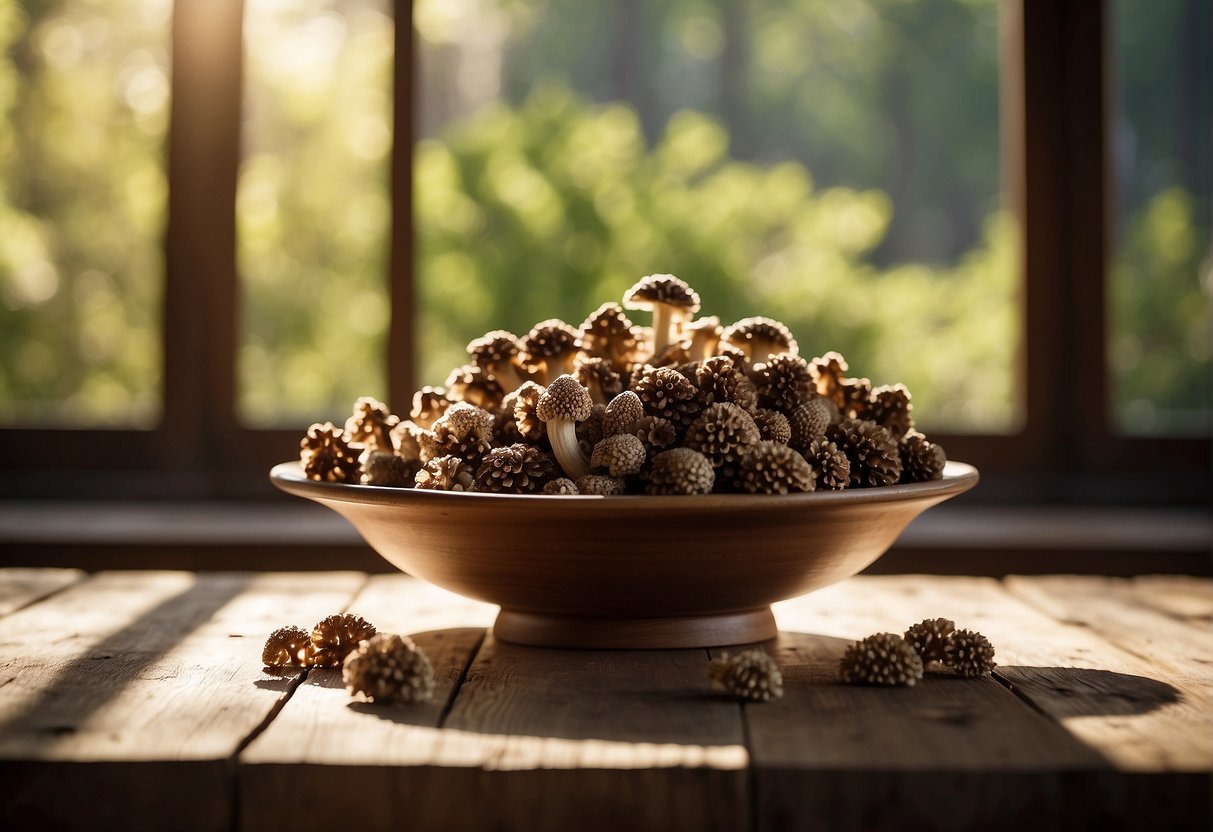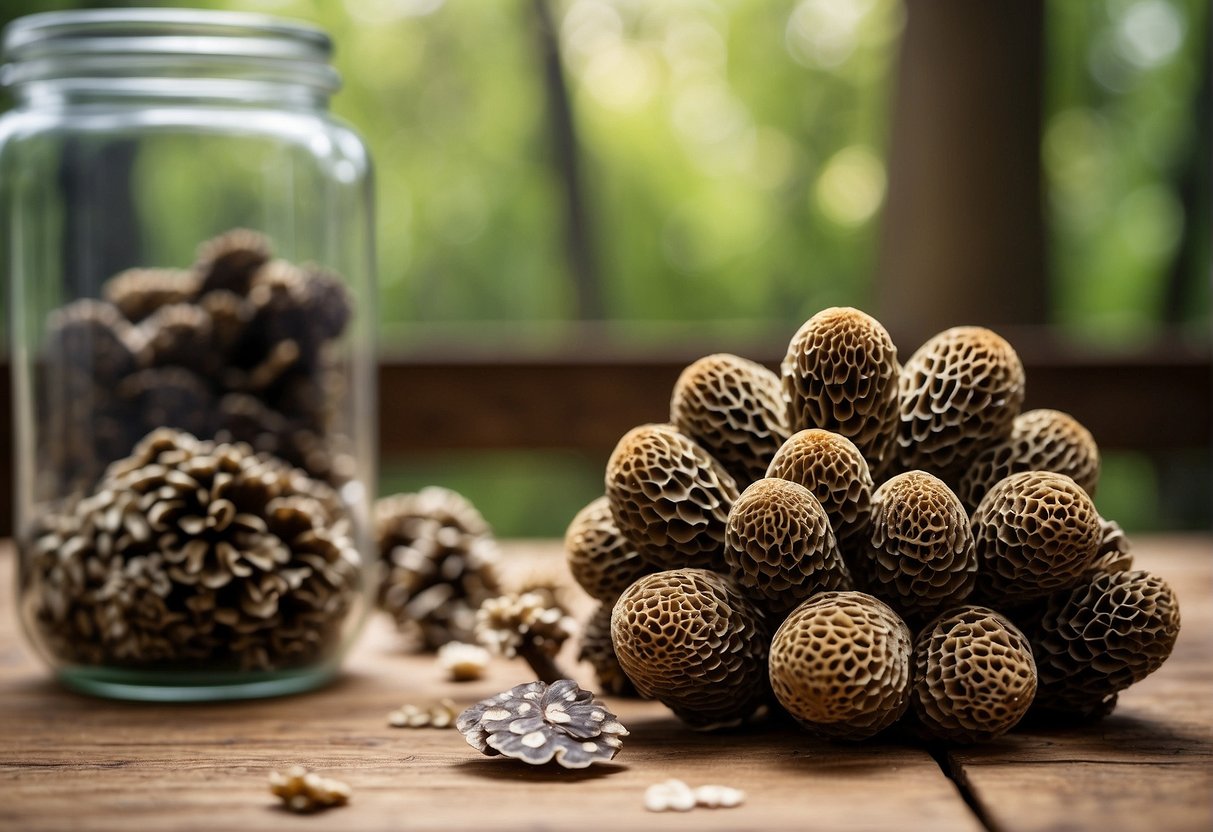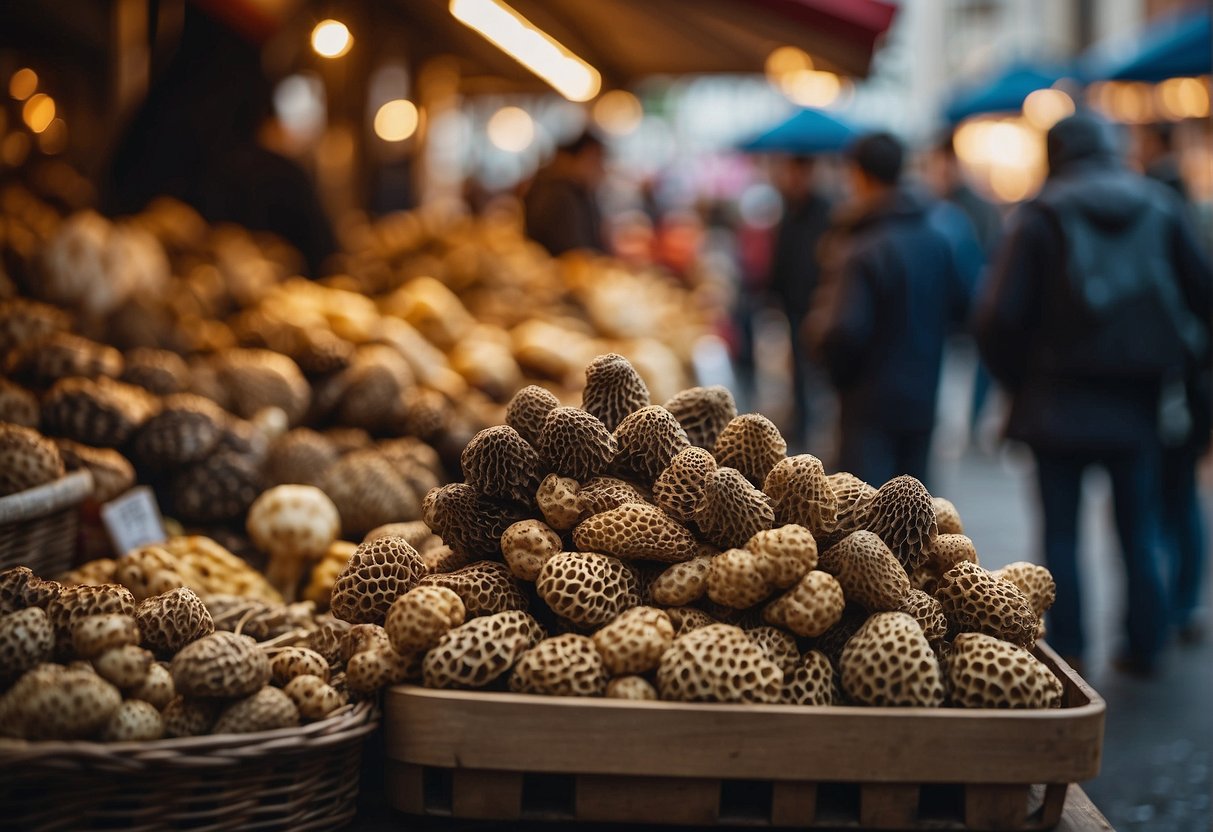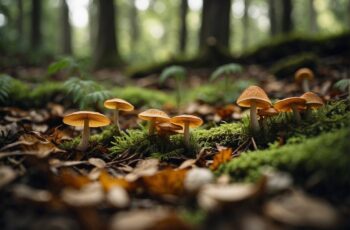As you venture into the woods during the brief and eagerly awaited morel mushroom season, you may wonder why these fungi command such a high price. Morel mushrooms are a culinary delicacy revered by chefs and food enthusiasts alike for their rich, nutty flavor and unique honeycomb texture. The cost of morels, often substantially higher than other mushroom varieties, reflects not only their esteemed place in the gastronomic world but also factors like seasonality and the labor involved in foraging these elusive treasures.

Your interest in morel mushrooms is well-justified as they are available only for a limited time each year, usually in the spring. The finite window combined with the challenge of locating morels in the wild contributes to their costly nature. Unlike commercially grown mushrooms, morels require specific soil and weather conditions to thrive, and they resist cultivation, which means each morel has been hand-picked by foragers who know the forests and their secret spots well.
To understand the price of these sought-after fungi, one must acknowledge the effort behind each find. Morel hunting is a skill honed with experience and patience, often requiring a discerning eye to spot their camouflaged caps among the forest floor. This manual process, along with the anticipation and limited availability, solidifies morel mushrooms as not just a food but a seasonal experience, adding to their allure and commanding a price that enthusiasts are willing to pay for a taste of the wild.
Morel Mushroom Fundamentals

When exploring the world of morel mushrooms, you’ll find these wild fungi are as intriguing as they are delicious. From their distinct taste to their elusive nature, morels are a treasure of the forests, boasting mighty nutritional benefits and a loyal following of foraging enthusiasts.
Identification and Seasonality
Morel mushrooms, known scientifically as Morchella, have a unique honeycomb appearance on their caps, which clearly distinguishes them from other wild mushrooms. Their earthy and nutty flavor is unmatched in the fungal kingdom. These mushrooms emerge in the spring season, with their availability highly dependent on weather conditions such as temperature and moisture. Morel enthusiasts eagerly await this period, as the onset of spring signals the prime time to start searching wooded areas for these flavorful gems.
Foraging Techniques
Morel foraging requires equal parts patience and knowledge. When setting out, remember that morels favor wooded areas, especially those with ash, elm, and apple trees. Their presence varies greatly due to factors such as soil health and recent weather patterns. To best identify potential morel hotspots, focus on areas with damp soil but adequate drainage. It’s recommended to use a mesh bag when collecting; this allows spores to disperse and promotes future growth of these wild delicacies.
Nutritional Profile
Embracing the pursuit of morels not only leads to a satisfying find but also offers you a good source of protein and fiber. These mushrooms are low in fat and carry an array of essential minerals like copper and potassium, as well as vitamin D. Regularly incorporating morel mushrooms into your diet adds a burst of flavor and multiple nutritional benefits—a compelling reason to venture into the great outdoors.
Culinary Uses and Preservation
When it comes to the treasure of the forest, fresh morels, you have the luxury of transforming them into a culinary delight and preserving their earthy flavor for future enjoyment. Mastery of cooking techniques and proper preservation methods are key to maintaining the integrity of this prized ingredient.
Cooking and Recipes
Fresh Morels are a treasured find, their earthy flavor elevates dishes to a new height, making them a cherished ingredient among chefs. For optimal culinary results:
- Sauté: Clean and slice the morels, then sauté them in butter for a simple, yet exquisite side dish.
- Recipes: Incorporate into creamy pasta sauces or delicate risottos to allow their flavor to stand out.
Keep your morels center stage; their unique texture and taste are best showcased in recipes that let their natural character shine.
Preservation Methods
To extend the shelf life of your morels without compromising their quality:
- Drying: Gently clean your morels, slice, and air dry or use a dehydrator. Store in an airtight container away from light and moisture.
- Freezing: For longer storage, fresh morels can be frozen. Briefly blanch them, cool, and freeze on a baking sheet before transferring to a container.
- Paper Bag Storage: For short-term storage, consider a paper bag in the refrigerator, which allows the mushrooms to breathe and maintain texture.
These methods let you preserve the essence of your foraged treasures, ensuring you can relish the taste of the wild long after the season is over.
Market Dynamics and Pricing

When you’re out in the market for morels, you’ll find that their cost can be quite a puzzle to work out. It’s a complex interplay of demand and supply, where factors like foraging efforts and market scarcity play prominent roles in setting the price tag.
Demand and Supply Factors
The very nature of morels as a sought-after delicacy ensures that the demand for them is consistently high, especially among restaurants and food enthusiasts. Morels are foraged rather than farmed, which makes their availability highly dependent on the right seasonal conditions and the labor involved in harvesting them.
- Limited Availability: Since morels can’t be cultivated reliably, an abundance or lack thereof can greatly affect their market price.
- Labor-Intensive Foraging: The considerable labor required to gather these fungal treasures significantly contributes to the expensive nature of morels.
Buying and Selling Morels
If you’re keen on buying or selling morels, you should be aware of the various marketplaces that influence their pricing.
- Grocery Stores and Specialty Food Stores: You’ll often find a higher price tag here due to added aspects like transportation and the convenience of accessibility.
- Local Farmer’s Markets: Typically, the price may be lower, reflecting the shorter transportation distances and the direct buying from foragers.
The high price tag of morels mirrors their status as a premium, hard-to-find item. Their quality, scarcity, and the effort required to bring them to your table are what drive their pricing in the market. Remember, when you buy morels, you’re not just buying a mushroom; you’re buying a piece of the outdoor experience.


